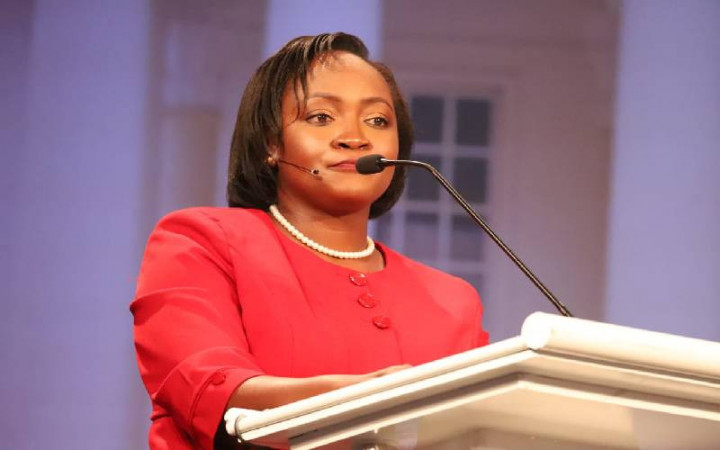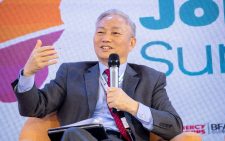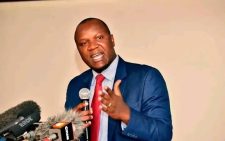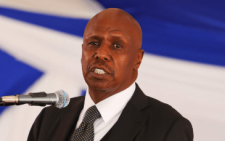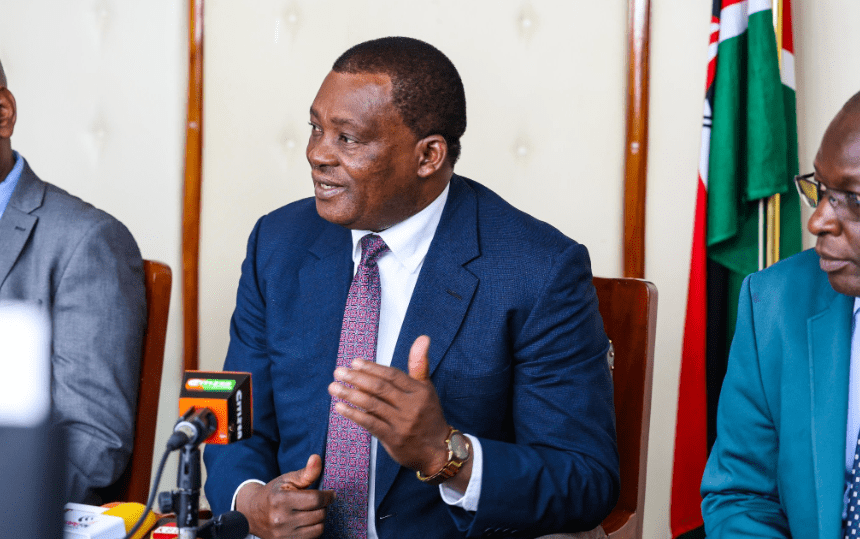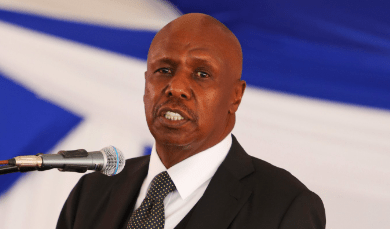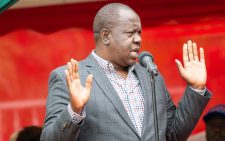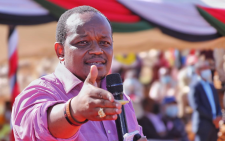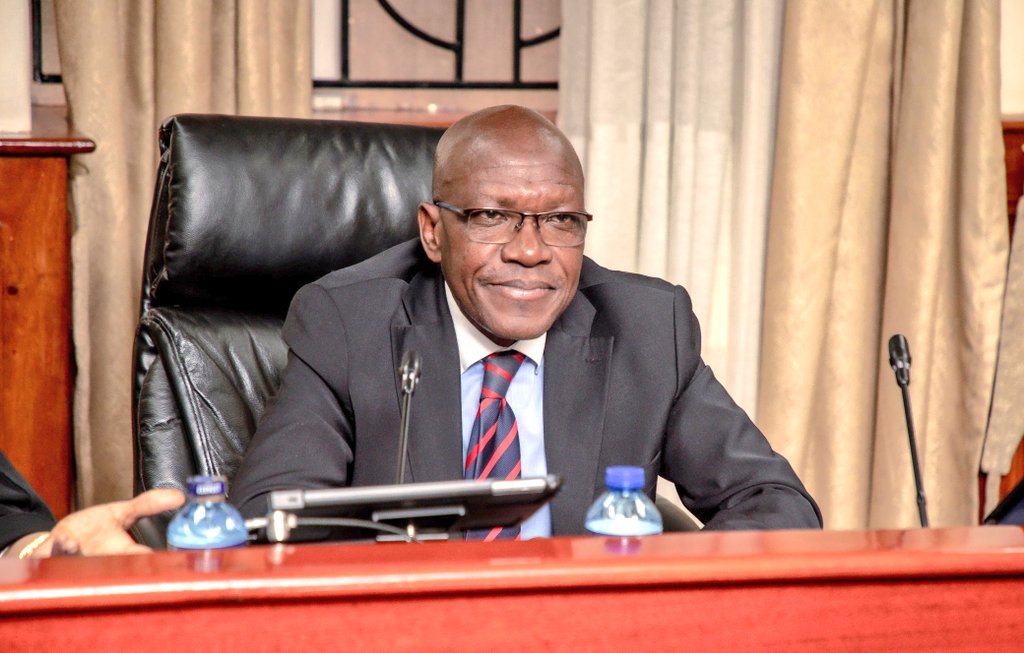How Raila brokered truce between Orengo, Senator Oburu
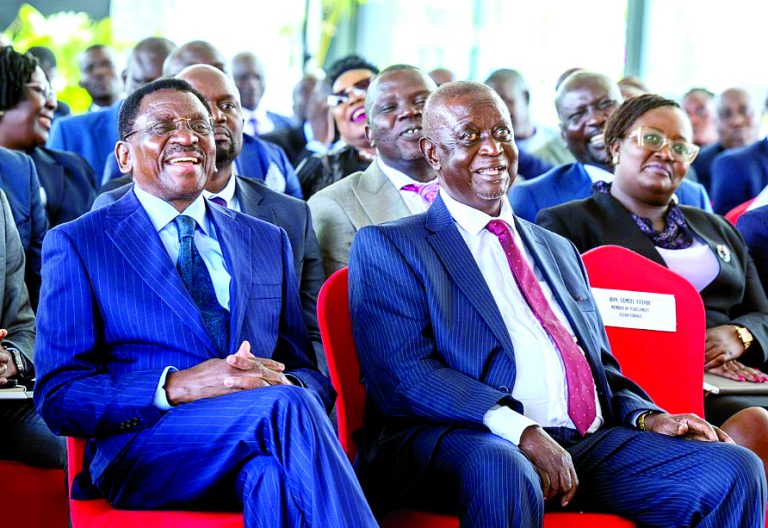
In politics, there is a saying, “There are no permanent enemies, no permanent friends; only permanent interests”.
This quote, attributed to 19th-century British statesman Lord Palmerston, proved to be prophetic this week in Siaya County.
The county has had tensions between two ODM stalwarts—Governor James Orengo and Senator Dr Oburu Oginga—threatening to tear apart the party’s unity.
The simmering rift between the two leaders had caused evident cracks within ODM’s leadership in Siaya, potentially undermining party unity and hindering the region’s development under the newfound dalliance with the Kenya Kwanza administration.
The situation was, however, quickly defused by the timely intervention of ODM’s de facto leader, Raila Odinga.
Oburu, a long-serving politician and Raila’s elder brother had publicly criticised Orengo’s resistance to engaging with the Kenya Kwanza administration, accusing him of showing disrespect to those who had remained firm in opposition politics.
Orengo’s cautious approach to forming alliances with the government was seen as a betrayal by some, particularly given the potential benefits for the Luo community from a Broad-Based Government (BBG).
Sources close to the ODM leader revealed that he personally reached out to both Oburu and Orengo, urging them to set aside their personal rivalries and work together for the greater good of the people.
According to the sources, Governor Orengo, known for his fiery rhetoric, was remorseful and agreed to a reconciliation, acknowledging that it was time to put aside personal differences in the interest of Siaya’s development.
Symbolic gesture
The leaders met ahead of a planned State House visit and agreed not to air their internal differences publicly, instead presenting a united front to the Head of State.
Their decision was seen as a gesture of political maturity, aimed at securing the much-needed development for Siaya.
Orengo had been openly critical of the government and resistant to calls for deeper cooperation, a position that had raised concerns among both local and national political figures.
After Raila’s mediation, Orengo adopted a more pragmatic tone, emphasising the need for development.
“It’s time to shed off personal and negative energy,” Orengo stated, “and work as one team for the benefit of the people.”
The governor also clarified that it was he who wrote to President William Ruto requesting the meeting, with Raila’s blessing.
“I sought the authority of Raila Odinga to write the letter, and he gave me the green light,” Orengo said, confirming that the outreach was part of a coordinated strategy, not a betrayal of ODM principles.
Raila’s mediation underscores his central role in Luo Nyanza politics, where he continues to have influence that transcends party lines and touches upon cultural, strategic, and emotional factors.
Raila reminded both leaders that while political rhetoric may be necessary, the interests of the people should always take precedence over personal egos or ideological differences.
He urged the leaders to embrace the BBG model, which he views as a platform to channel national government resources into Siaya and other ODM strongholds, without compromising the party’s core values.
In a symbolic gesture of unity, the senator announced ahead of the State House visit that Governor Orengo would read the memorandum during the meeting, marking a public endorsement of Orengo’s leadership.
“When it’s politics, we politic. But when it’s development, we unite as brothers in one monolithic party—ODM,” Oburu declared, in a move to signal a conciliatory approach and a realignment of priorities.
The truce between Orengo and Oburu also saw Siaya County Speaker George Okode join the effort, creating a triumvirate of leadership aimed at guiding Siaya into a new era of political maturity and coordinated development.
The backdrop of this unity was a significant promise from President Ruto, who, during the meeting with Siaya leaders, pledged Ksh1 billion to develop the Usenge Pier and port infrastructure to unlock the region’s blue economy.
Additionally, Ruto committed Ksh2.5 billion to construct 16 modern markets to boost local trade and Ksh1.6 billion to connect over 16,000 households to electricity.
“These initiatives will spur entrepreneurship and rural development,” Ruto explained.
Bridging divides
The approach also underlined the importance of regional leadership in driving the national development agenda, making it clear that the government needed Siaya’s leaders on board on this front.
“It shows that even bitter rivals can put aside differences when the stakes are high and when guided by a shared vision,” Rarieda MP Dr Otiende Amollo said.
Otiende further noted that Raila’s influence extends beyond party mechanics, emphasising that his leadership has been crucial in maintaining ODM’s cohesion, especially in this sensitive period when cooperation with the government is both controversial and politically charged.
“As ODM’s de facto leader, Raila has been the gravitational centre of Luo Nyanza politics. His influence goes beyond just party politics—he has a unique ability to hold together political leaders, even in times of tension,” the Rarieda lawmaker said.
Bondo MP Gideon Ochanda echoed this sentiment, remarking, “Raila’s intervention once again reminds us that in politics, enmity is fleeting, but the interests of the people must endure.”
Raila’s successful mediation in Siaya underscores his role as a seasoned statesman capable of bridging divides for the greater good of the people.
